
When selecting a signal booster PCB, it's crucial to consider amplifiers' specifications, as they directly impact the board's performance. Key specifications include bandwidth, which should match the frequency range of interest for your application. Amplifiers are categorized into classes, each with distinct characteristics suitable for different applications.
For signal booster PCBs, power amplifiers are often used. These are typically Class B, C, or AB and are designed to operate near their nonlinear compression point. A stable power amplifier should exhibit minimal power output decrease, less than 1 dB, across its operating temperature range.
The nonlinearity of power amplifiers can lead to harmonic distortion, which is undesirable. For audio applications, total harmonic distortion (THD) or total harmonic distortion plus noise (THD+N) are critical metrics, with lower percentages indicating better performance. In frequency modulated signals, third-order intercept point (3OIP) is a specification to watch, as it indicates the level at which third-order intermodulation products reach the same output intensity as the desired signal.
Considering these specifications will guide you in choosing the right signal booster PCB for your needs. While the inherent nonlinearity in amplifiers can lead to effects like harmonic distortion or intermodulation products, understanding and selecting the appropriate specifications can mitigate these issues and ensure efficient operation of your signal booster PCB.

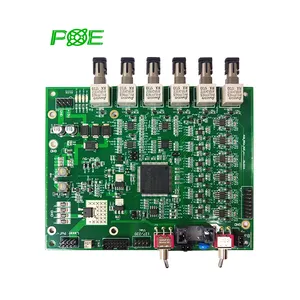



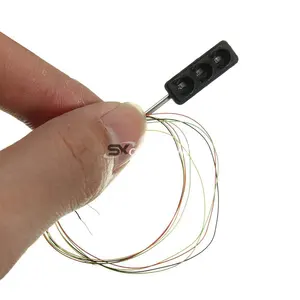

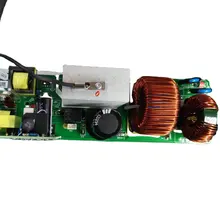

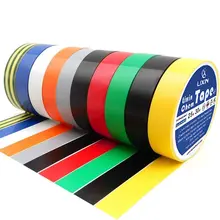



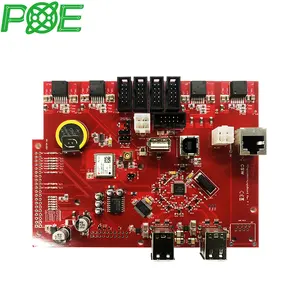
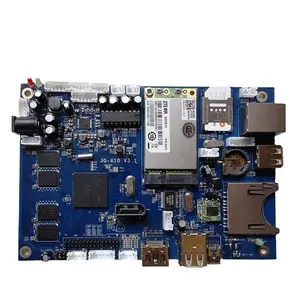


















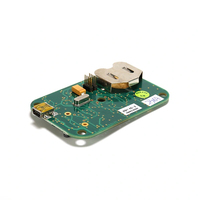










 浙公网安备 33010002000092号
浙公网安备 33010002000092号 浙B2-20120091-4
浙B2-20120091-4